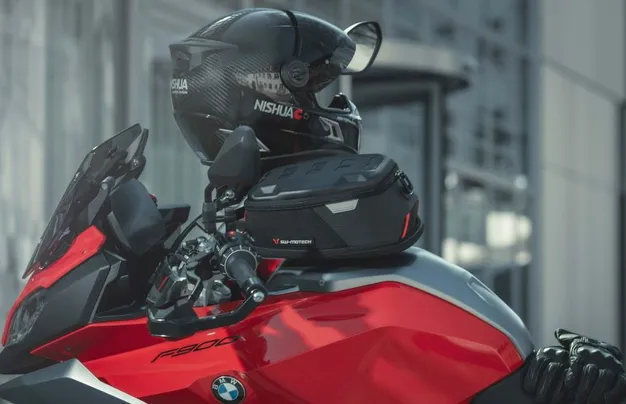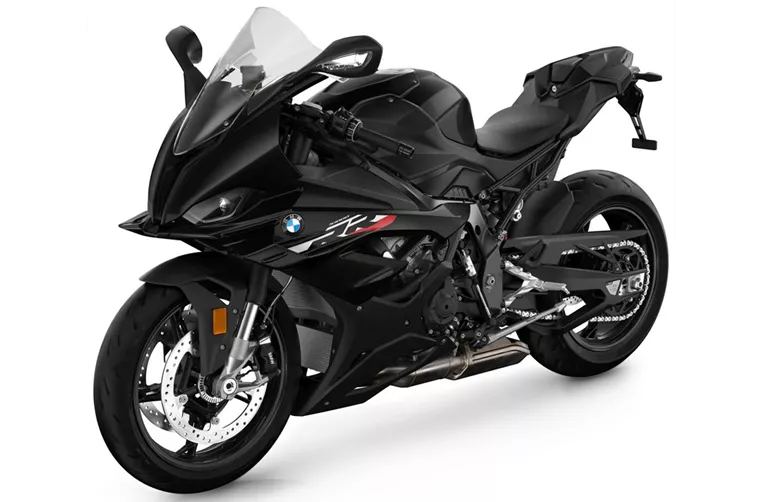Yamaha R1 2014 vs. BMW S 1000 RR 2023

Yamaha R1 2014
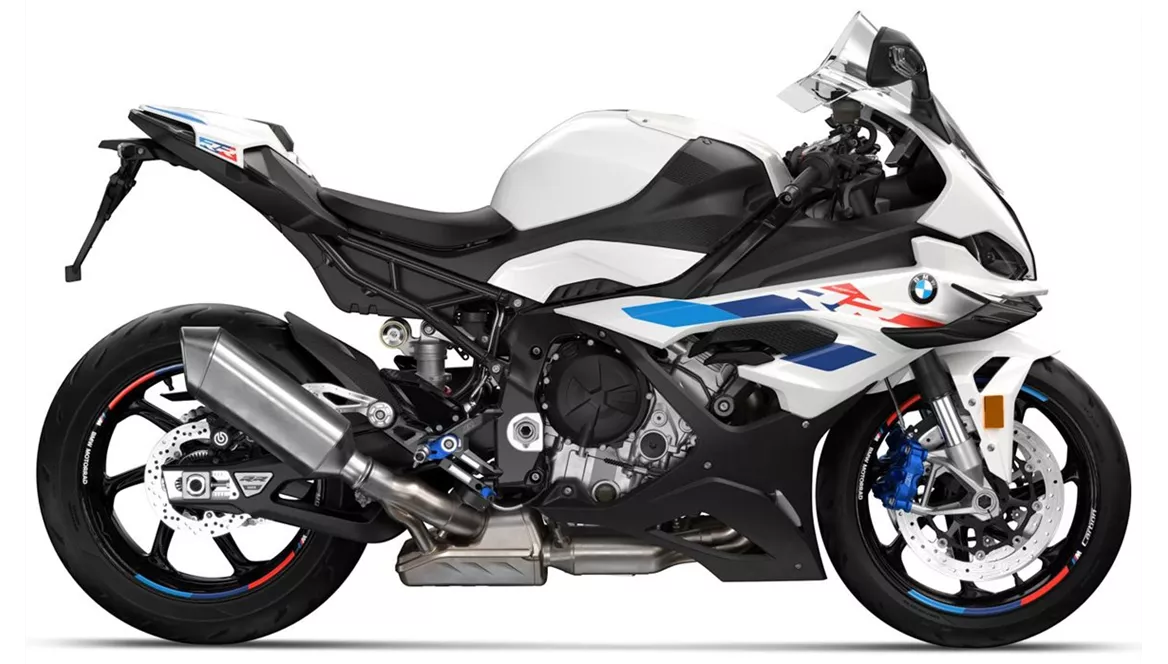
BMW S 1000 RR 2023
Overview - Yamaha R1 2014 vs BMW S 1000 RR 2023
The Yamaha R1 model year 2014 and the BMW S 1000 RR model year 2023 are both high-performance supersport motorcycles that offer impressive specifications and features. However, there are notable differences between the two models that make them unique in their own ways.
Starting with the engine and drive train, the Yamaha R1 2014 is equipped with a 998cc engine with a bore of 78 mm and a stroke of 52.2 mm. It produces a power output of 182 HP and a torque of 115.5 Nm. The engine features a DOHC configuration with four cylinders and four valves per cylinder. On the other hand, the BMW S 1000 RR 2023 has a slightly larger 999cc engine with a bore of 80 mm and a stroke of 49.7 mm. It delivers a higher power output of 210 HP but a slightly lower torque of 113 Nm. Like the Yamaha R1, the BMW S 1000 RR also has a DOHC configuration with four cylinders and four valves per cylinder.
Both motorcycles feature upside-down telescopic forks for the front suspension, providing excellent handling and stability. The chassis of both bikes is made of aluminum, ensuring lightweight construction and improved maneuverability. However, the Yamaha R1 2014 has a Deltabox frame type, while the BMW S 1000 RR 2023 features a Twin Tube, Load-bearing engine frame type.

Yamaha R1 2014
In terms of braking performance, both models are equipped with double disk brakes at the front, providing strong and reliable stopping power. The dimensions and weights of the front and rear tires are the same for both motorcycles, with a width of 120 mm and a diameter of 17 inches.
When it comes to dimensions, the BMW S 1000 RR 2023 has a slightly longer wheelbase of 1457 mm compared to the Yamaha R1 2014's 1415 mm. The seat height of the BMW is also slightly lower at 824 mm, while the Yamaha R1 has a seat height of 835 mm. Additionally, the BMW S 1000 RR has a slightly smaller fuel tank capacity of 16.5 liters compared to the Yamaha R1's 18 liters.
Now, let's discuss the strengths and weaknesses of each model. The Yamaha R1 2014 is known for its agility, thanks to its lightweight construction and well-designed chassis. It also boasts strong brakes, ensuring excellent stopping power. The unique and exclusive engine configuration of the Yamaha R1 sets it apart from other motorcycles in its class, providing a distinct riding experience.
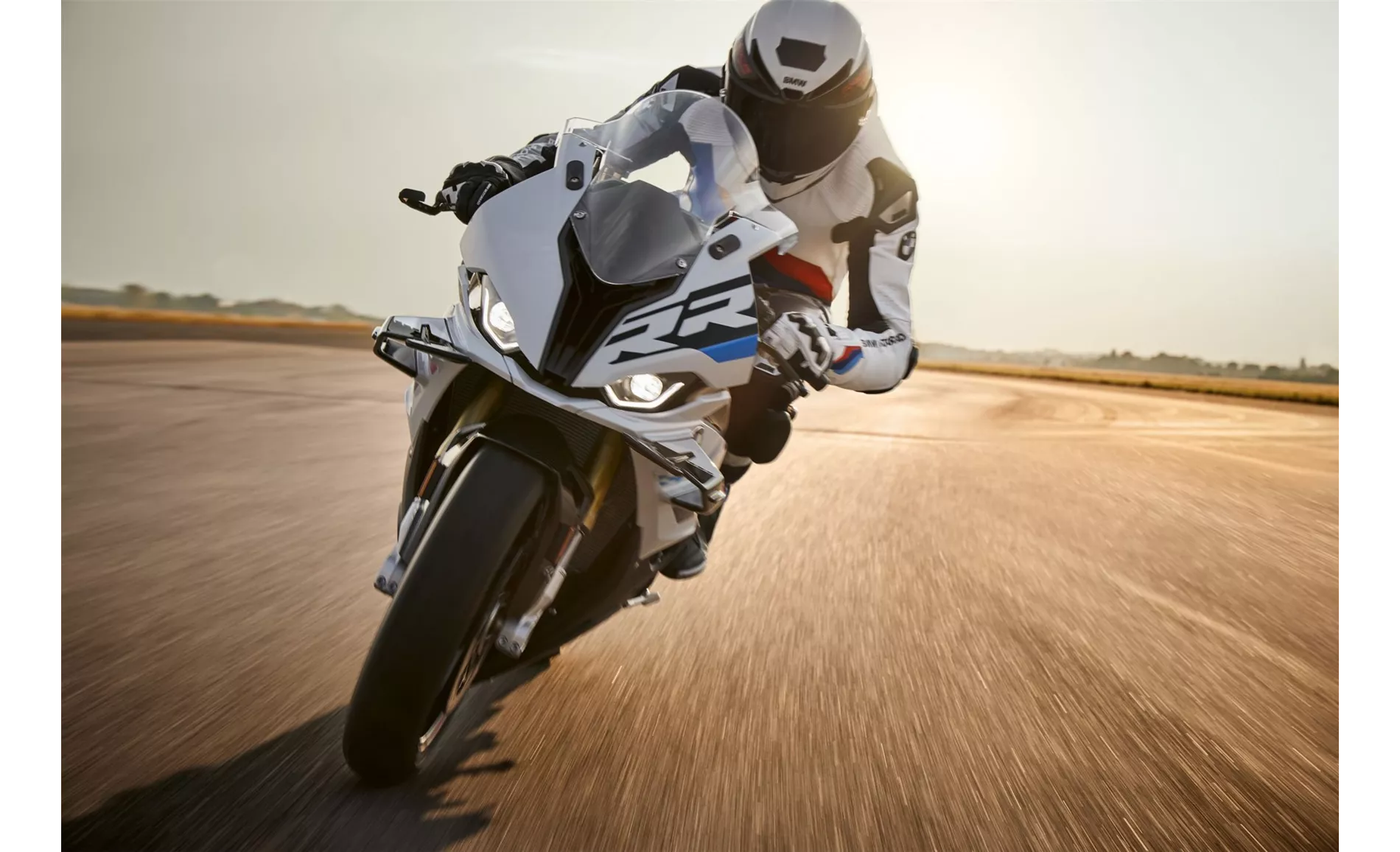
BMW S 1000 RR 2023
On the other hand, the BMW S 1000 RR 2023 excels in terms of electronics and control systems. It offers advanced features and technologies that enhance the overall riding experience. The bike also provides good feedback and stability, allowing riders to have better control on the road.
However, the Yamaha R1 2014 has a weakness in terms of appearance. Some riders may not find the wide tail design appealing. On the other hand, the BMW S 1000 RR 2023 has been reported to have engine vibrations, which may affect the overall comfort of the rider.
In conclusion, both the Yamaha R1 2014 and the BMW S 1000 RR 2023 are impressive supersport motorcycles with their own unique strengths and weaknesses. While the Yamaha R1 stands out with its idiosyncratic engine and agile performance, the BMW S 1000 RR offers advanced electronics and control systems, along with good feedback and stability. Riders should consider their preferences and priorities to choose the model that best suits their needs and riding style.
Technical Specifications Yamaha R1 2014 compared to BMW S 1000 RR 2023
Pros and Cons in comparison
Pros and Cons in comparison
Yamaha R1 2014
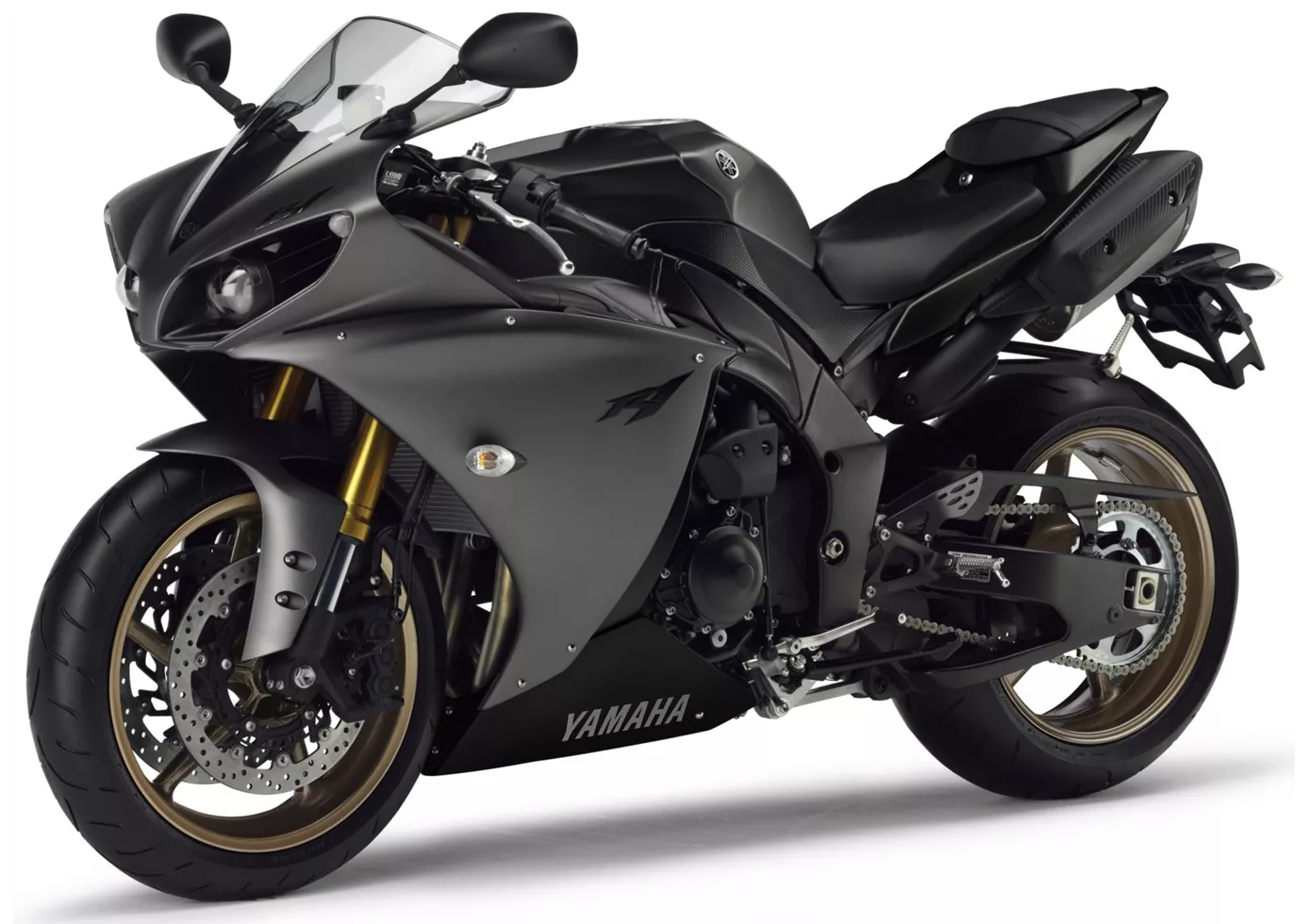
The Yamaha YZF-R1 still inspires with balanced performance - especially the 1000cc engine with its extravagant crank pin offset not only serves the powerful power delivery but also provides a wonderful sound!
BMW S 1000 RR 2023
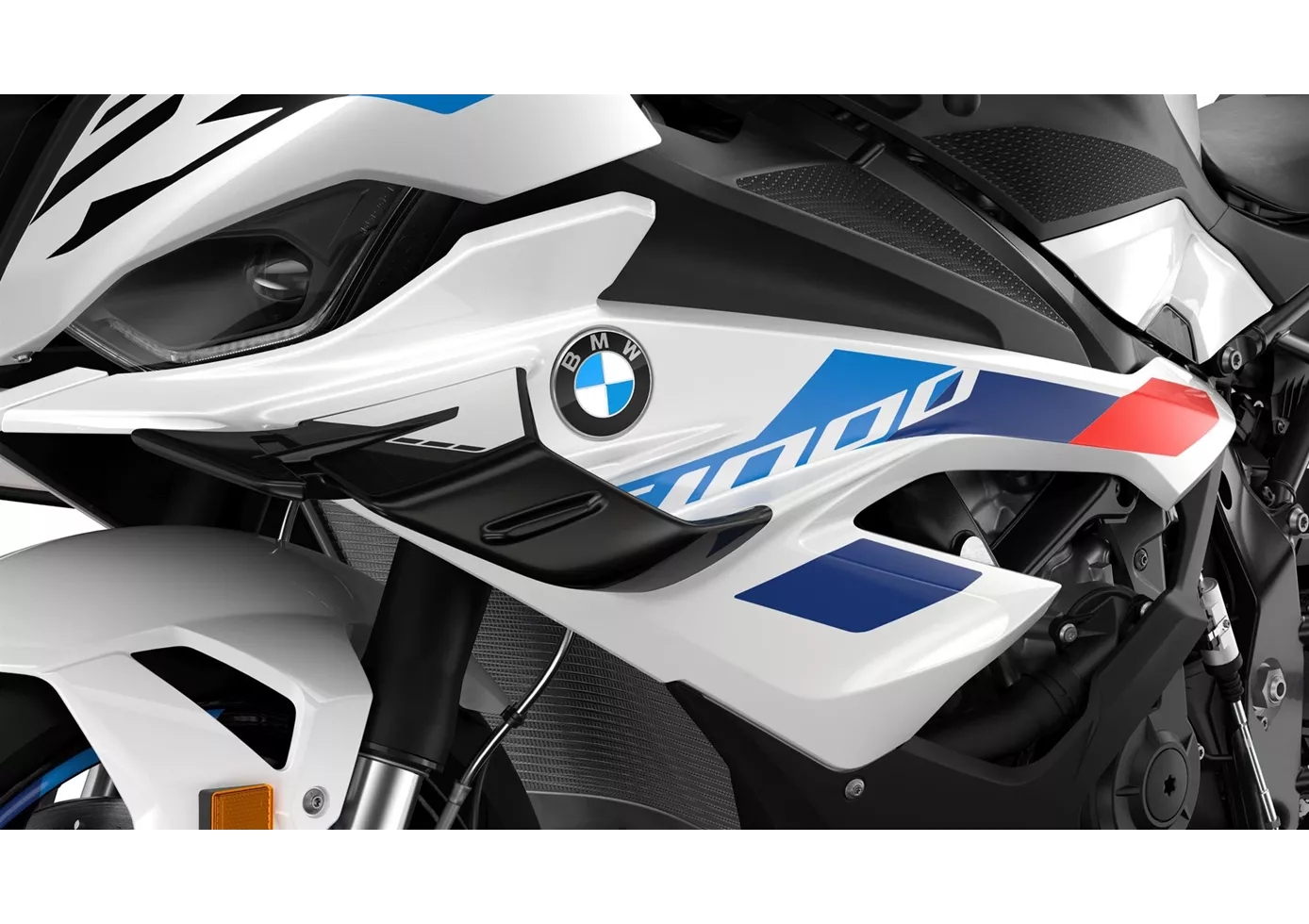
For me, the most noticeable of all the innovations were the electronics and the steering geometry. Thanks to the additional information of the new steering angle sensor and the revised riding aids, the new S1000RR now has an electronic package with which you can not only ride safely, but also quickly, which will especially please the faster faction. But with a few additional features such as Slide Control, the average rider also has the opportunity to try out the riding style of the pros without risk, in order to cut a good figure in riding photos. And apart from that, it's also fun. The new steering geometry brings a little more calmness to the front and improves feedback, which is an invaluable advantage, especially at the limits. So the next round in the hunt for the best superbike is reopened.
Price Comparison Avarage Market Price Yamaha R1 vs BMW S 1000 RR
There are a few key differences between a Yamaha R1 2014 and a BMW S 1000 RR 2023. It takes less time to sell a BMW S 1000 RR with 61 days compared to 74 days for the Yamaha R1. Since model year 2005 1000PS.de editors have written 80 reviews for the Yamaha R1 and 135 reviews for the BMW S 1000 RR since model year 2010. The first review for the Yamaha R1 was published on 4/28/2003 and now has more than 3,900 views. This compares to more than 4,000 views for the first review on BMW S 1000 RR published on 4/16/2008.
